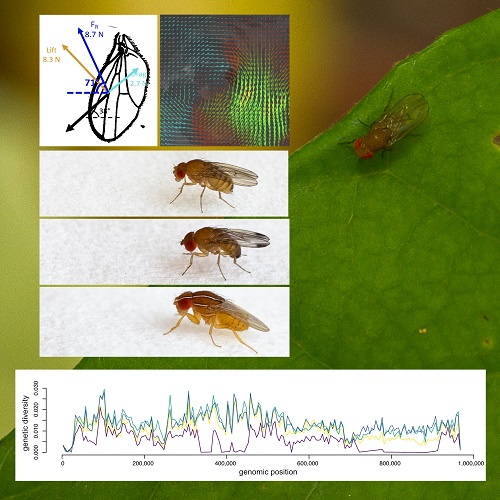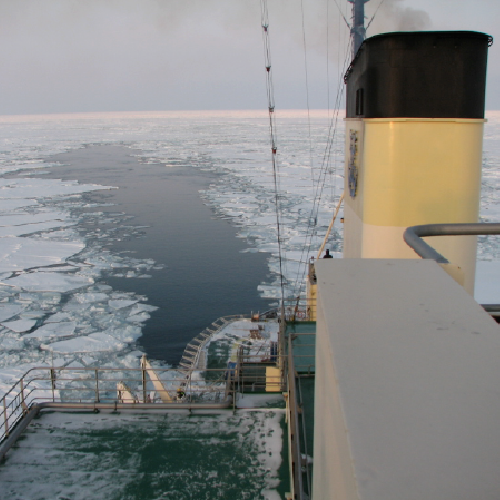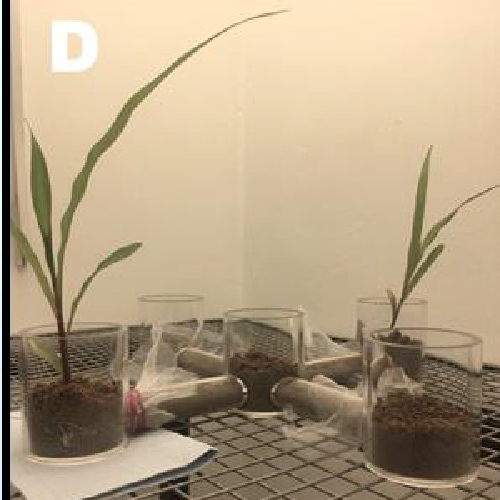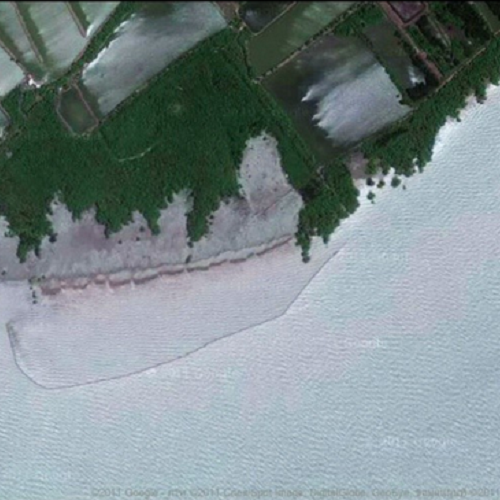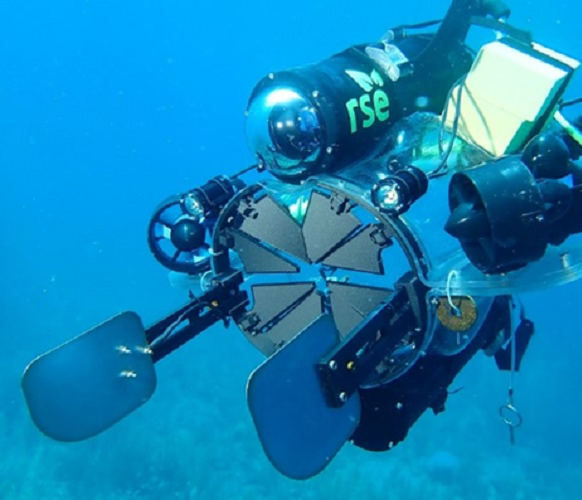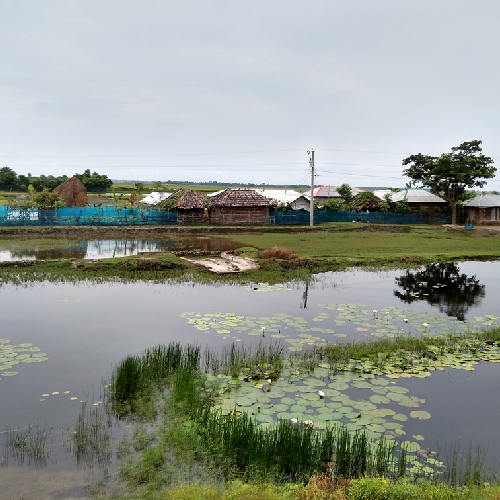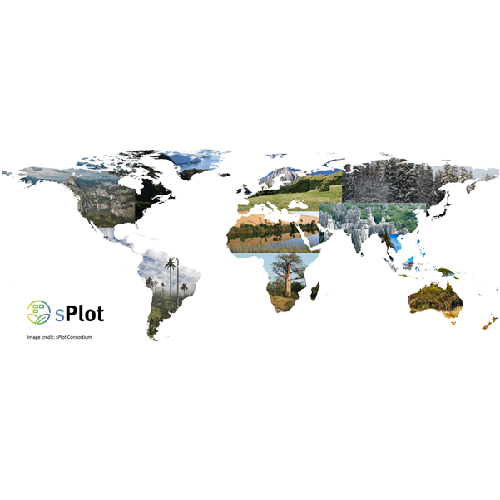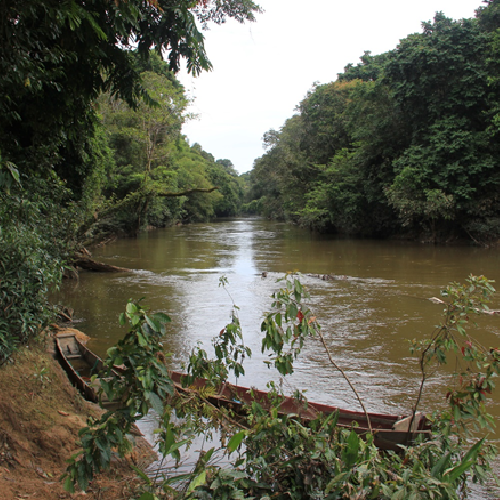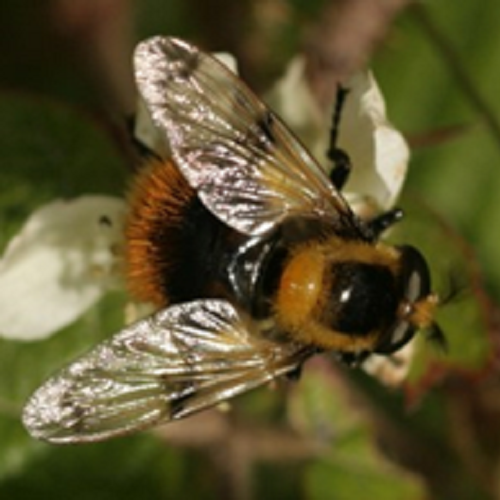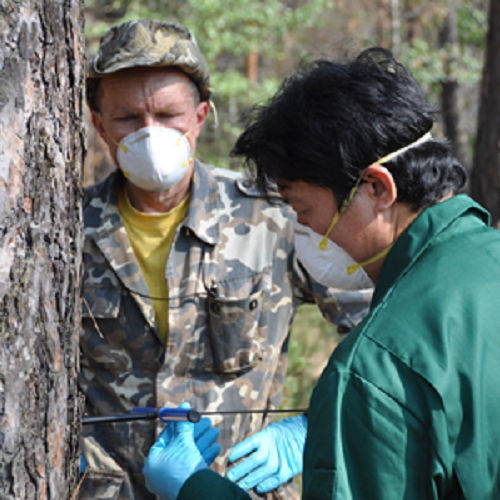Invasive species represent one of the most pressing threats to earth’s biodiversity. This ENVISION PhD studentship is an exciting opportunity to work at the interface of biomechanics and genomics to test timely questions in invasive species biology: What are the functional links between dispersal traits and genetic diversity in invasive species? How do dispersal traits […]
Read More
Arctic summers are now characterized by ever-expanding areas of open water exposed by the declining sea ice. This dramatic decline has input fresh meltwater to the surface ocean and created more openings for direct exchange of heat, freshwater and momentum (i.e. wind energy input) between the ocean and atmosphere. The expected increase in wind energy […]
Read More
Armillaria species, are devastating fungal root-rot pathogens that affect over 500 woody plant species globally. They are facultative necrotrophs that colonise and attack the cambium of living roots, necrotising the living tissue, and ultimately killing the tree before switching to a saprophytic phase to decay the dead tissue. Infection is established via rhizomorphs, exploratory organs […]
Read More
River deltas occupy about 0.6% of the Earth’s surface area, but contain 4% of the world’s population (about 300,000,000 people). They are also frequently highly fertile, due to the capture of sediment from upstream, and are unique environments that are important for species biodiversity. At the same time they are peculiarly at risk to man-made […]
Read More
Invasive lionfish threaten native Caribbean marine biodiversity. Lionfish predate unchecked on native fish which, unlike in the lionfish’s native Indo-Pacific, have no evolved defence. Current management relies largely on opportunistic culling by recreational SCUBA divers, yet this only provides local short-term respite because it is shallow (<30m), yet lionfish are abundant in mesophotic coral ecosystems […]
Read More
We are looking for a student with strong interests in freshwater sciences and complex development problems to work with a large transdisciplinary international team. Bangladesh has a profound drinking water crisis which threatens the country’s 160 million inhabitants. Contamination of groundwater with arsenic or salinity has rendered many drinking water sources either unusable or linked […]
Read More
Accelerated climate change and environmental degradation make it necessary to improve our understanding of, and ability to predict, species’ responses to environmental change. The availability of large-scale species distribution databases and information on environmental change, e.g. from satellite measurements, has resulted in thousands of studies using data on species’ geographical ranges to predict their movements […]
Read More
We are looking for a versatile student with a keen interest in tropical freshwater ecology and conservation, and willing to undertake exciting molecular analyses to define biodiversity. This project will assess the patterns and drivers of freshwater invertebrate diversity in a Bornean river basin. This will be done by combining methods from hydro-ecology, molecular ecology […]
Read More
Complex species interactions make the impacts of global environmental change difficult to foresee. Understanding the ecological and evolutionary relationships between species, and the way that the fitness of a species is affected by changes in community composition, is essential in order to predict shifts in species distributions and patterns of biodiversity. In this project, we […]
Read More
You have probably heard of the Anthropocene? But, what is it and when did it actually begin? Scientists are certainly still arguing over the second of these questions. The most recent epoch in Earth’s history is defined by the pollution that Man has created – microplastics, technofossils and synthetic chemicals, to name but three. Radioactive […]
Read More

